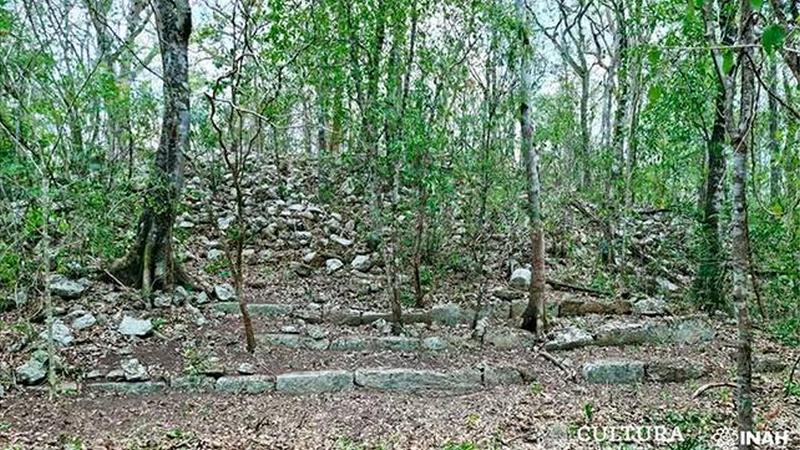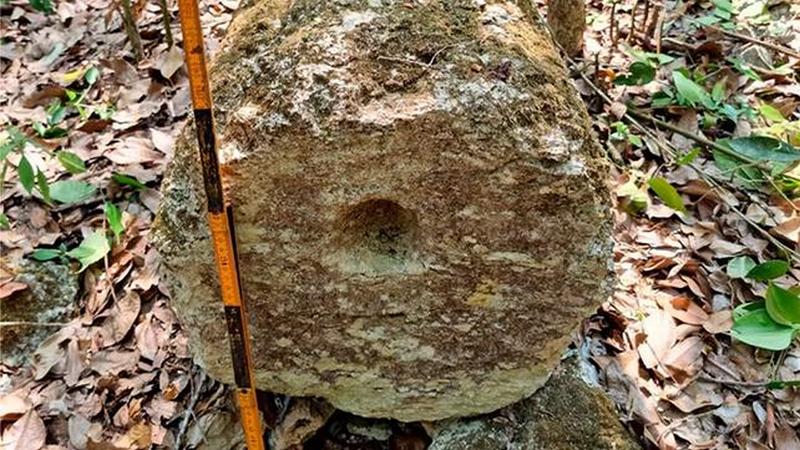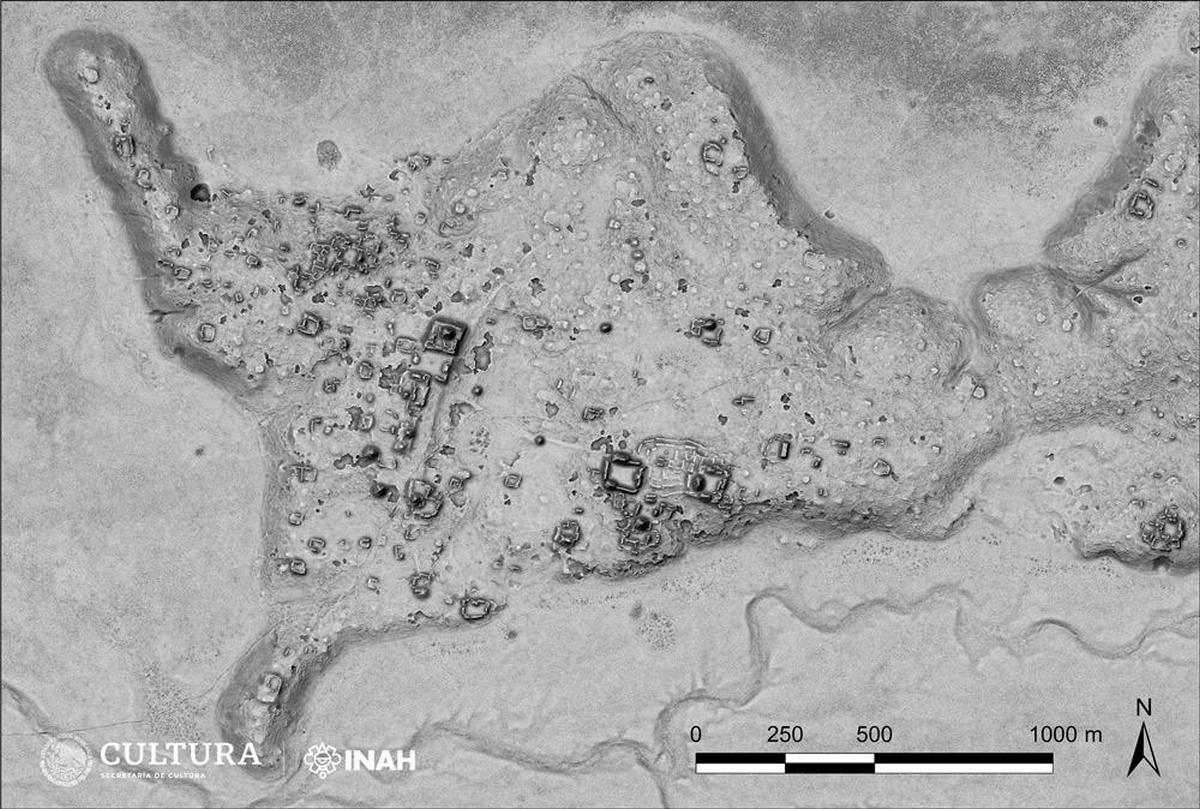Archaeologists have discovered a long-lost Mayan city deep in the Mexican jungle. This is reported by INAH.
A team of archaeologists has been rewarded for traversing nearly 60 kilometers in the dense jungle of the Yucatan Peninsula in southern Mexico: they have discovered a long-lost ancient Mayan city that had previously been unrecorded.
The new city was named Okomtun, which means “stone column”. On a large territory there are squares, large houses in the style of pyramids, stone columns and other structures located in the form of concentric rings. There is also a court for ball games and possibly religious purposes.

“The biggest surprise turned out to be a place surrounded by large wetlands,” says archaeologist and team leader Ivan Sprajc from the Slovenian Academy of Sciences and Arts. “Its monumental core covers more than 50 hectares and includes various large buildings, including several pyramidal structures over 15 meters high.”
According to Spreitz and his colleagues, the city was an important local center between AD 250 and AD 1000, known as the Classic Period of the Maya civilization.

Analysis of fragments of ceramic pots found at the site should tell researchers more about when the region was inhabited.
What is known about the Mayan people?
For centuries, the Mayan people were the dominant civilization in Mesoamerica – the territory of modern Central America and the southernmost part of North America.
The Maya are well known for their achievements in architecture, culture, calendar systems, mathematics, and much more.
The Mayan civilization suffered a major collapse in the 9th century AD, which is believed to have been caused by a combination of civil war, drought, and other environmental factors. However, it was not until the 17th century that the last Mayan city fell to the Spanish invaders.

